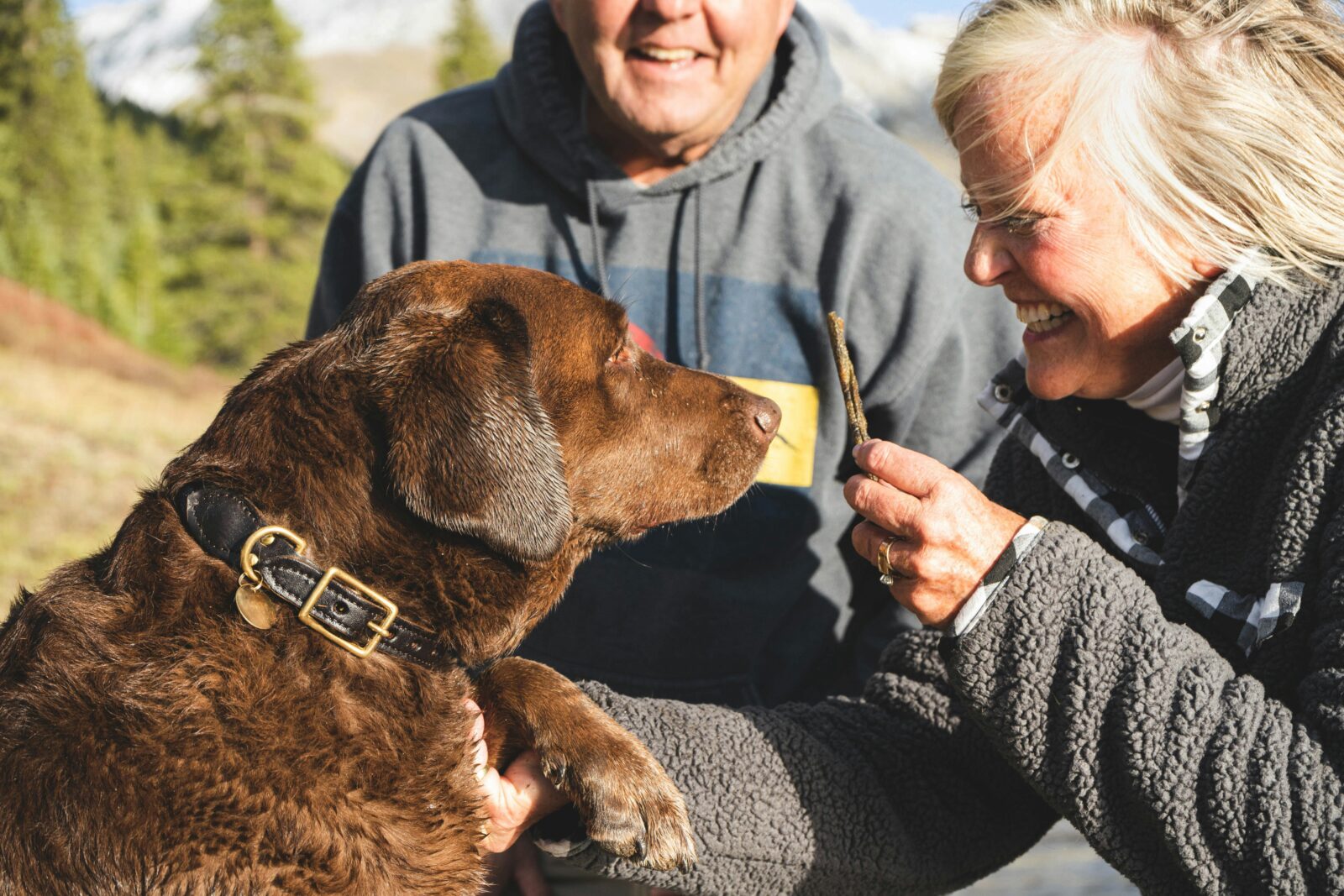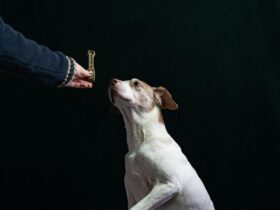Introduction
Training your dog to understand basic cues is one of the most rewarding aspects of pet ownership. Not only does it strengthen the bond between you and your furry friend, but it also ensures their safety and helps maintain harmony in your household. However, teaching these cues requires patience, consistency, and the right approach. In this guide, we’ll explore three tips from professional dog trainers that will set you and your dog up for success.
Tip 1: Start with Clear and Consistent Commands
Why Consistency is Key
Dogs thrive on routine and clarity. When teaching your dog basic cues like “sit,” “stay,” or “come,” it’s crucial to use the same word, tone, and hand gesture every time. Consistency helps your dog understand what you expect from them, reducing confusion and speeding up the learning process.
How to Implement Consistency
- Choose Specific Words: Select simple, one-word commands for each cue. For example, use “sit” instead of “sit down” to avoid any ambiguity.
- Match Your Tone and Gesture: Always use a firm yet friendly tone and pair it with a specific hand gesture. Dogs often rely on body language, so incorporating a visual cue can reinforce the verbal command.
- Practice Regularly: Consistency extends to your training schedule. Short, frequent training sessions (5-10 minutes) throughout the day are more effective than long, infrequent ones.
Common Mistakes to Avoid
- Using Different Words: Switching between commands like “come” and “here” can confuse your dog.
- Inconsistent Timing: If you reward your dog too late, they might not connect the reward with the desired behavior.
- Overloading with Commands: Focus on one cue at a time to prevent overwhelming your dog.
Tip 2: Use Positive Reinforcement
The Power of Rewards
Positive reinforcement is one of the most effective methods for training your dog. It involves rewarding your dog immediately after they perform the desired behavior, encouraging them to repeat it in the future.
Types of Positive Reinforcement
- Treats: High-value treats are a favorite among dogs. Use small, soft treats that your dog loves and reserve them for training sessions.
- Praise: Verbal praise like “Good job!” in a happy tone can be just as effective as treats for some dogs.
- Toys: For dogs that are highly motivated by play, offering a favorite toy as a reward can be a powerful incentive.
- Affection: A pat on the head or a belly rub can also serve as a reward, especially for dogs that crave attention.
Timing is Everything
- Immediate Rewards: Make sure to reward your dog immediately after they perform the correct behavior. A delay in reward can cause confusion.
- Pairing Cues with Rewards: As your dog starts to learn the cues, gradually reduce the frequency of treats and rely more on praise and affection.
Common Mistakes to Avoid
- Inconsistent Rewards: Only reward behaviors that meet the training criteria to ensure your dog understands what’s expected.
- Using Punishment: Avoid negative reinforcement or punishment, as it can lead to fear and anxiety in your dog, making training more difficult.
Tip 3: Be Patient and Persistent
Understanding Your Dog’s Learning Pace
Each dog learns at their own pace, and patience is crucial to successful training. Some dogs may pick up cues quickly, while others may need more time. Recognizing and respecting your dog’s individual learning curve will lead to more positive outcomes.
How to Practice Patience and Persistence
- Set Realistic Goals: Start with simple cues and gradually increase the difficulty as your dog masters each one. Celebrate small victories along the way.
- Repetition is Key: Repetition helps reinforce learning. Practice each cue several times a day until your dog responds reliably.
- Stay Positive: Training can be frustrating at times, but it’s important to maintain a positive attitude. Dogs can sense your frustration, which can hinder their progress.
When to Seek Help
If your dog is struggling to learn basic cues despite your efforts, it might be time to consult a professional dog trainer. A pro can assess your dog’s behavior, provide tailored advice, and offer guidance on more advanced training techniques.
Common Mistakes to Avoid
- Rushing the Process: Skipping steps or moving too quickly to more advanced cues can confuse your dog and set back their progress.
- Training When Frustrated: If you’re feeling frustrated, take a break and return to training when you’re calm and focused.
Conclusion
Teaching your dog basic cues is an essential part of responsible pet ownership. By following these three expert tips—being consistent, using positive reinforcement, and practicing patience—you can help your dog learn and master these cues more effectively. Remember, training is a journey that requires time and effort, but the rewards are well worth it. With dedication and love, you’ll not only have a well-trained dog but also a deeper bond with your furry friend.











Leave a Reply